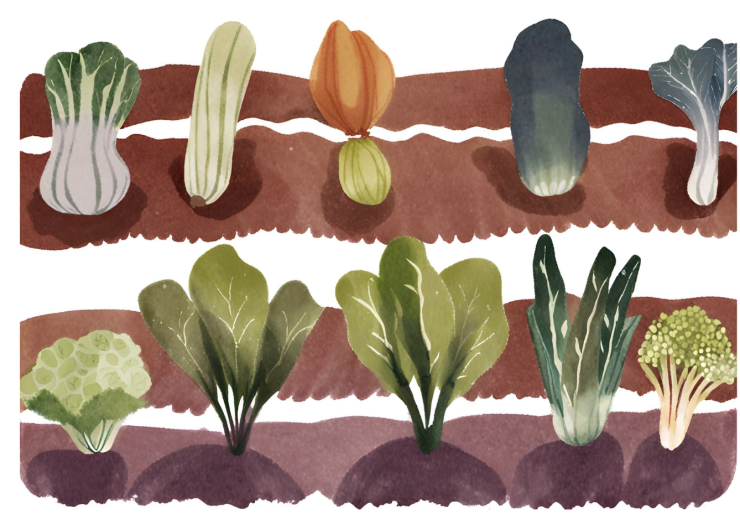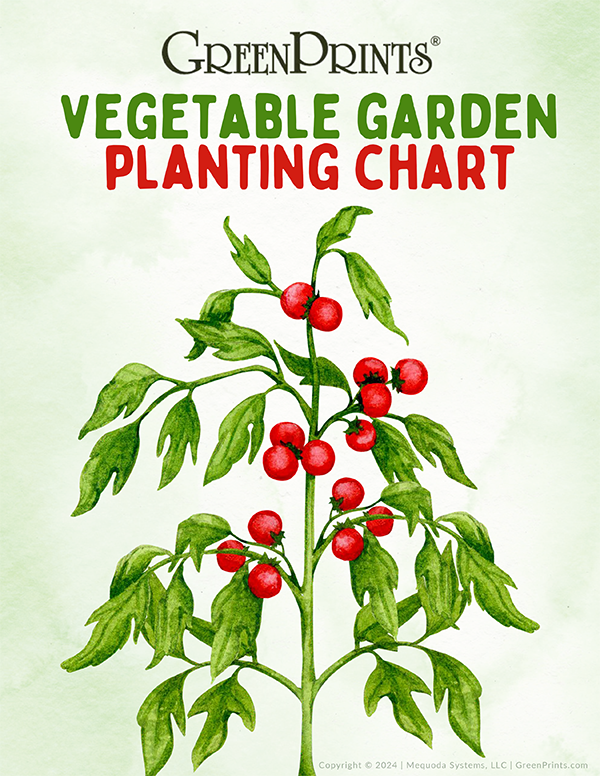
When I started gardening, I considered myself a black thumb and didn’t think I could be saved. I vividly remember the many potted tomato plants I brought home from the garden store, full of hope and anticipation. They came to me half-grown, their branches laden with promising green tomatoes. But despite my best efforts, I couldn’t seem to make them thrive. I watched helplessly as the leaves wilted, the fruit fell, and the plants withered away. It was a disheartening experience, and I began to believe that I wasn’t meant to be a gardener and that vegetable garden planting wouldn’t be for me.
But over the years, something changed. I started to make friends with gardening books and resources, seeking out the wisdom of experienced growers and horticulturists. I pored over pages filled with tips, tricks, and techniques, absorbing every bit of knowledge I could find. Slowly but surely, I began to see a difference in my garden.
Sometimes, even a single piece of advice can stick with you and transform your gardening experience. For me, two simple hacks made a world of difference. I learned that slugs, those slimy garden pests, have a weakness for beer. By setting out shallow dishes filled with the frothy beverage, I could lure them away from my precious plants. And I discovered the power of marigolds, those cheerful, vibrant flowers that not only add a splash of color to the garden but also act as natural pest repellents. Lining my vegetable beds with marigolds has been a game-changer, keeping many unwanted insects at bay.
But perhaps the most important lesson I’ve learned is that a successful vegetable garden starts with careful planning. If you’re eager to start your own vegetable patch, taking the time to map out your garden and understand the needs of each crop is crucial. Knowing which plants to choose, how to space them properly, and what their specific growing requirements are can make all the difference between a bountiful harvest and a disappointing one. These are what I consider to be the most important things to know about each plant before planting a vegetable garden:
- Spacing: Proper spacing between plants and rows is crucial for planning your garden layout, choosing the right raised bed or container size, and ensuring each plant has access to necessary resources. Optimal spacing maximizes yields and minimizes competition.
- Soil requirements: Different vegetables have specific soil preferences, including ideal pH range and drainage requirements. Providing optimal soil conditions results in healthier plants and better harvests.
- Sun requirements: Most vegetables need at least six hours of direct sunlight daily, while some tolerate partial shade. Ensuring vegetables receive the right amount of sunlight promotes strong, healthy growth and abundant yields.
- Companion plants: Companion planting involves growing certain plants together for mutual benefits, such as pest control, improved soil health, or enhanced growth and flavor. This creates a diverse, thriving ecosystem that is more resilient, productive, and beautiful. Knowing who your companions are makes it vegetable garden planting easier.

When you’re just starting out, jumping in and trying growing every exotic vegetable and obscure hybrid you come across can be tempting. But trust me, it’s better to begin with tried-and-true favorites—the popular crops that have stood the test of time. Get your grounding with these reliable plants before venturing into more challenging territory. That’s where our brand new Vegetable Garden Planting Chart comes in handy.
This invaluable resource features nine of the most beloved and widely-grown vegetables, from juicy tomatoes to crisp cucumbers to sweet, snappy peas. The chart provides essential information on spacing, soil requirements, sun exposure, and even companion plants that can boost growth and deter pests. It’s like having a expert gardener by your side, guiding you every step of the way.
Let’s take a peek at a few of the featured vegetables.
First up are onions, those savory, versatile alliums that form the backbone of so many dishes. Onions should be planted 3-6 inches apart in loose, well-draining soil with a pH between 6.0 and 7.0. They thrive in full sun and make great companions for carrots, parsnips, and lettuce.
Next are peas, the sweet, tender legumes that are a springtime delight. Plant them 1-3 inches apart with 18 inches between rows in well-draining soil with a pH of 6.0-7.6. Peas love full sun and pair well with cauliflower, garlic, and turnips.
For a heartier crop, consider potatoes. These starchy tubers should be spaced 8-12 inches apart in well-draining soil with a slightly acidic pH of 5.0-6.5. Potatoes prefer full sun and enjoy the company of corn, cabbages, and peas.
But that’s just a small sampling of the valuable information you’ll find in the Vegetable Garden Planting Chart. When you download this free resource, you’ll get details on six more essential crops, including tomatoes, bell peppers, cucumbers, and others. With this chart at your fingertips, you’ll be able to create a vegetable garden that is not only beautiful and bountiful but also efficient and eco-friendly. You’ll learn how to maximize your garden space by placing compatible crops together, improve plant health through ideal growing conditions, and even reduce the need for pesticides by harnessing the power of companion planting.
So if you’re ready to shed your black thumb reputation and embark on a gardening journey filled with delicious, homegrown produce, download our FREE Vegetable Garden Planting Chart today. Armed with this essential tool and a willingness to learn, you’ll be amazed at the transformation that takes place—both in your garden and in your own confidence as a grower. Before you know it, you’ll be swapping stories and tips with fellow gardeners, celebrating the joys and triumphs of a well-tended vegetable patch.
As you nurture your plants from seed to harvest, remember that every gardener starts somewhere. Embrace the process, learn from your mistakes, and most importantly, enjoy the journey. With time, patience, and a trusty planting chart by your side, you’ll be well on your way to becoming the green thumb you never thought you could be.
Do you have a favorite vegetable that’s a must-grow in your garden? Share it with us in the comments below.



